May 21, 2024 - Ross Video Team, Education
A Brief History of Outside Broadcasting
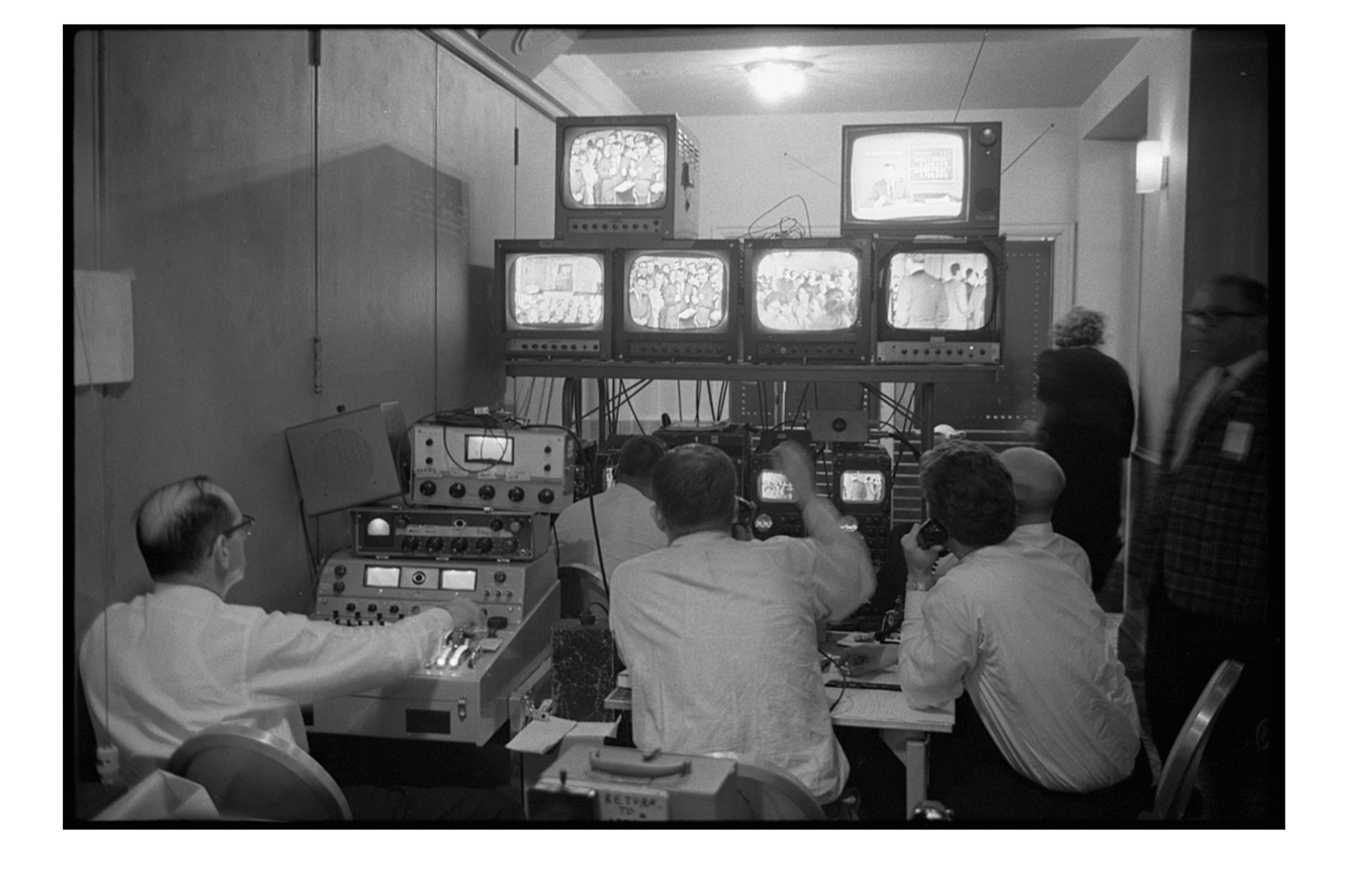

As Neil Armstrong set foot on the moon, it wasn’t just a small step for one man but a massive leap for all of us. But here’s the thing: what gets overlooked is the incredible technology that turned this historic feat into a show for the world to see: Outside Broadcasting (OB).
It opened a new vista for telling rich stories. For the past fifty years, Ross Video has been developing the technology that allows production teams to capture and broadcast historic moments for billions of viewers around the world.
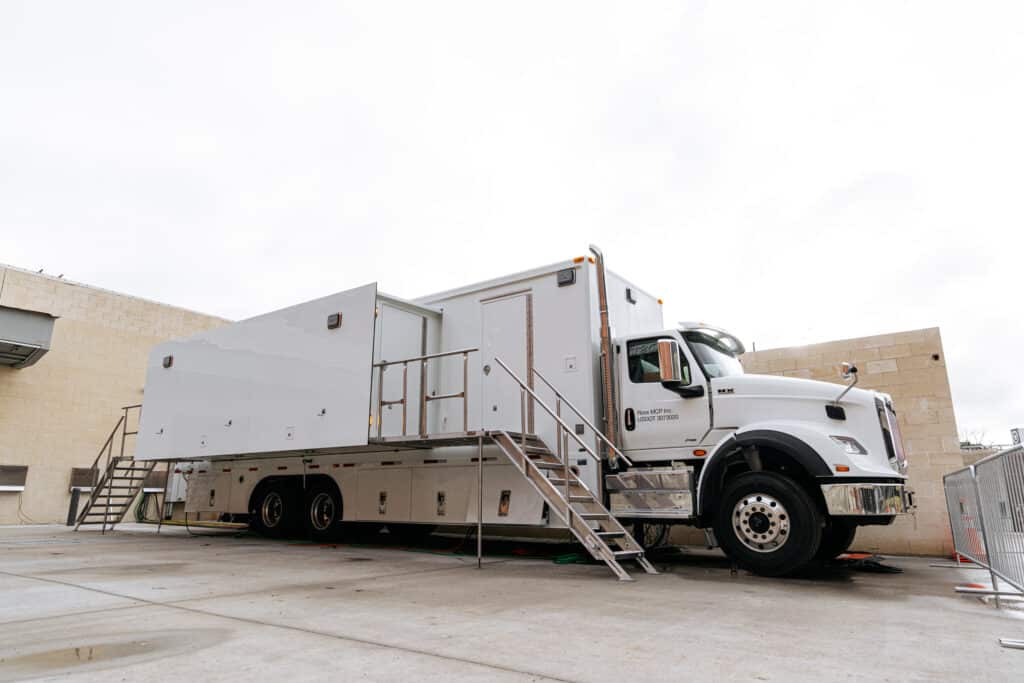
We go deep into the history of outside broadcasting and its technology in this article, but to save you some scrolling time, here is exactly what we cover:
Want all the details on outside broadcasting and its technology? Keep reading.
Outside broadcasting is the production and transmission of audio and video content from an external location outside of a typical studio setting. From unfolding news stories to live sports or even cosmic events, outside broadcasting provides more flexibility to content producers to tell stories that connect with their audiences.
Now, let’s get deeper into it. Where did outside broadcasting start, and what technological advancements have occurred since the first broadcast?
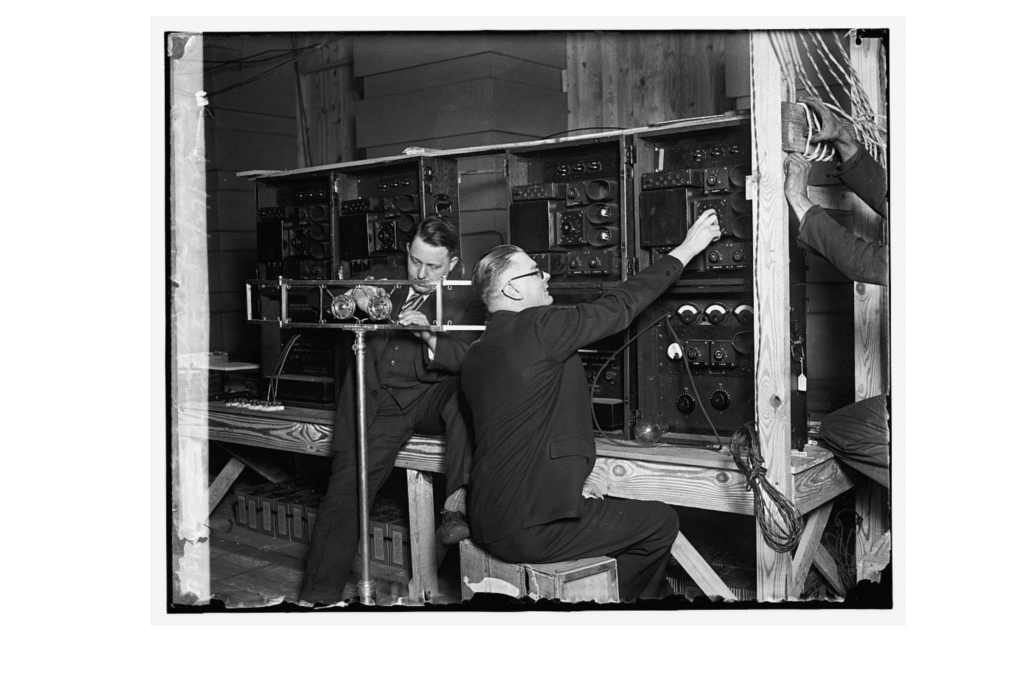
In the early days of radio and television, live broadcasts were limited to studio settings due to technology constraints. But there was a longing for the outside.
The first outside broadcast was a simple shot of a park at the historic Alexander Palace by the BBC crew on November 10, 1936.
“…we put one of the electronic cameras on the balcony of this very building, Alexander Palace, and looked at the park, and that was the first outside shot the BBC ever transmitted,” Douglas Birkenshaw, Engineer-in-Charge at the BBC studios constructed at Alexandra Palace, said years later.
The British Broadcasting Company conducted its first external broadcast with a performance of The Magic Flute by the British National Opera Company, held at the Royal Opera House, Covent Garden on January 8, 1923.
Then, on May 12, 1937, from Hyde Park Corner for the Coronation Procession of King George VI, the first large-scale outside broadcast was made using the BBC outside broadcast truck, MCR 1 (Mobile Control Room 1).
However, early outside broadcasts faced significant technological limitations, requiring ingenuity from pioneering broadcasters.
For example, at King George VI’s coronation, the OB technology was limited in broadcasting live audio signals over long distances. To overcome this challenge, the BBC team strategically positioned radio broadcasting vans equipped with transmission equipment at various points between Westminster Abbey and the broadcasting facilities.
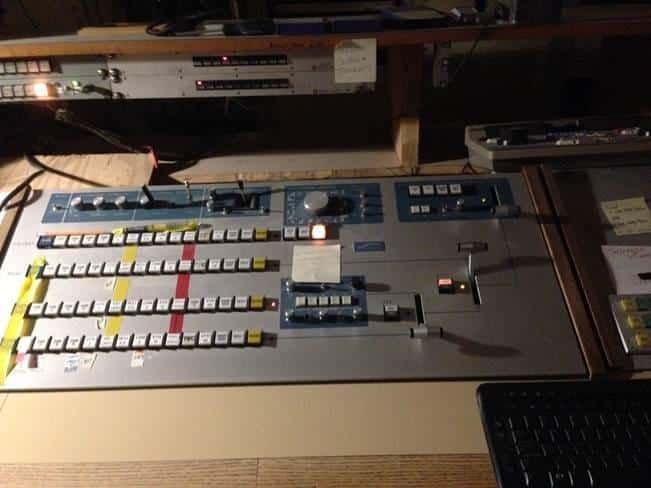
Other technical limitations from these early days include:
Several individuals and organizations played pivotal roles in creating new technologies to overcome these challenges. Here are some of the key pioneers:
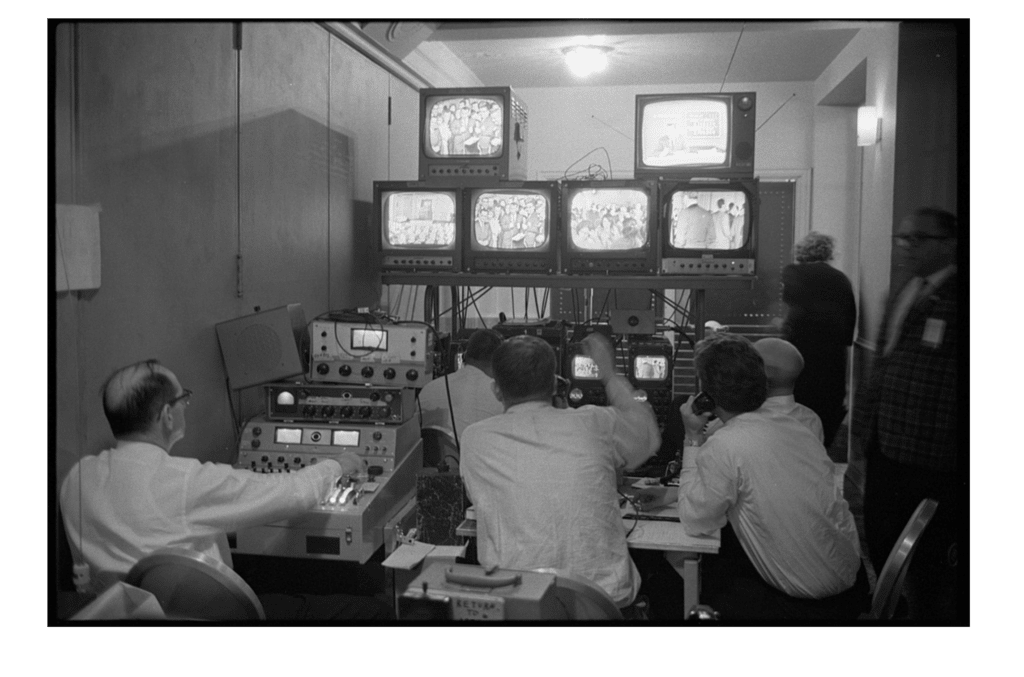
The largest and most significant historical event captured through outside broadcasting was the Apollo 11 moon landing on July 20, 1969. The live broadcast from the moon to a global audience showcased the technological prowess of outside broadcasting. The cultural impact of this event remains unparalleled in the history of broadcasting.
Other notable events that pushed the boundaries of OB technology are:
Key technological developments across different eras punctuate outside broadcasting:
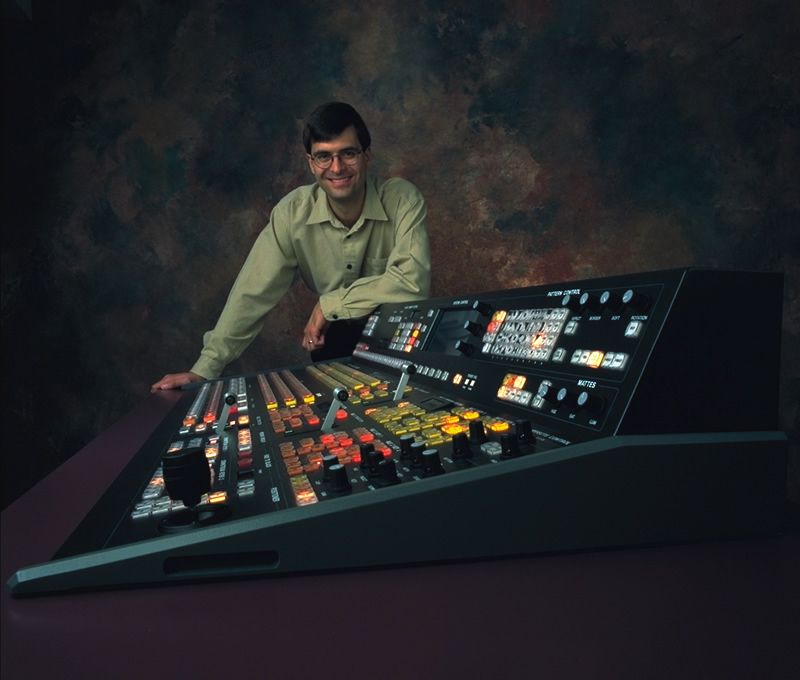
1930s: The first mobile broadcast unit pioneered by the BBC enabled live broadcasting of the coronation of King George VI and Queen Elizabeth.
1950s: Use of microwave relays, with the BBC leading the way.
1960s: Introduction of full-color transmission, satellite transmission, and the first use of instant replays.
1990s: Transition from analog to digital technology, spearheaded by companies like Sony and Panasonic.
2000s: Adoption of High-Definition (HD) broadcasting.
2010s: Shift to Internet Protocol (IP)-based technologies and ultra-high-definition (UHD) broadcast
2020s: Integration of 5G connectivity, 8K definition broadcasts, and Artificial Intelligence (AI).
Parallelly, complementary technologies have evolved, augmenting the demand for live broadcasting. Notably, production switchers, critical in live events, have seen transformative shifts. From simple manual switchers in the early days to sophisticated models like the 16-4, the first switcher built by John Ross of Ross Video in the 1970s. Now, everything comes together with the Ross Video Ultrix hyperconverge technology. This advancement has streamlined event production and unlocked new levels of flexibility.
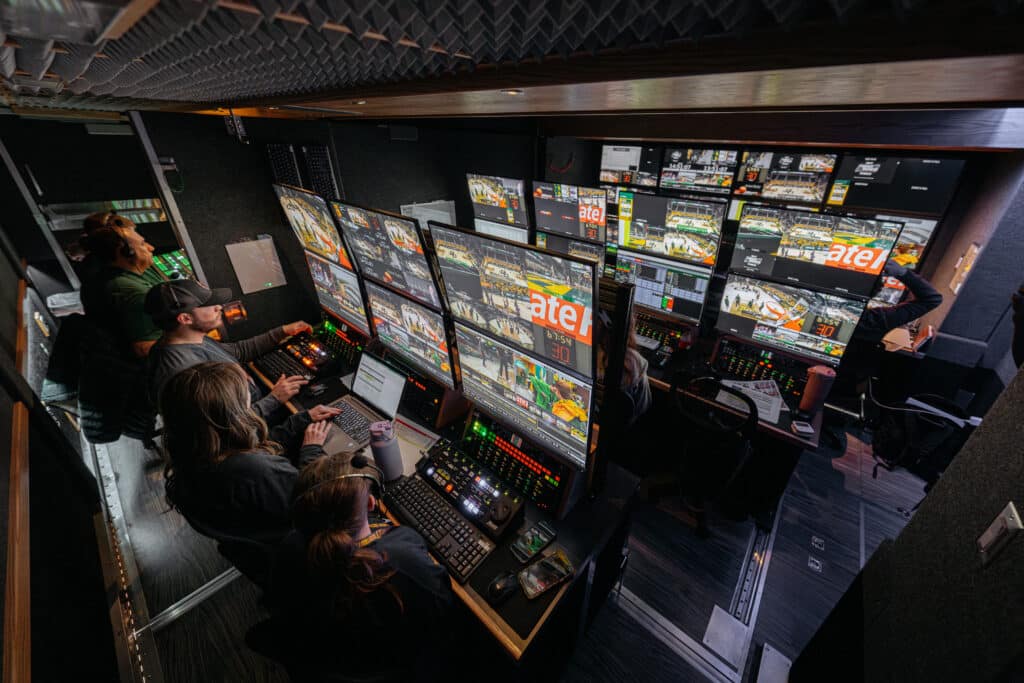
Outside broadcasting has experienced significant evolutions and revolutions; the table highlights some of the ways it has changed over the years.
| Past Outside Broadcasting Setups | Modern Outside Broadcasting Setups | |
| Equipment | Large, less mobile OB trucks with analog technology | Compact and technologically advanced OB trucks with high-definition cameras and integrated systems. |
| Technology | Analog signals transmitted through radio waves or cables | Digital and high-definition signals are transmitted via satellite, fiber optics, or IP-based networks, with production & transmission capabilities built into a single piece of hardware. |
| Workflow | Relied on massive truck-based studios, lugging gear to every event | Mobile flypacks and centralized & dedicated control rooms with Remote Engineering and Media Integration (REMI) workflows reign supreme. |
| Graphics | Limited graphics capabilities | Integration of advanced graphics and augmented reality (AR) technologies for enhanced visual appeal and immersive experiences. |
| Connectivity | Reliance on traditional connectivity options | Improved connectivity options, including 5G technology, enhancing reliability and speed of live transmissions. |
With the convergence of distributed cloud storage and asset management systems, production switchers, and audio/video processing, the journey towards smaller, more efficient, and agile units is only beginning.
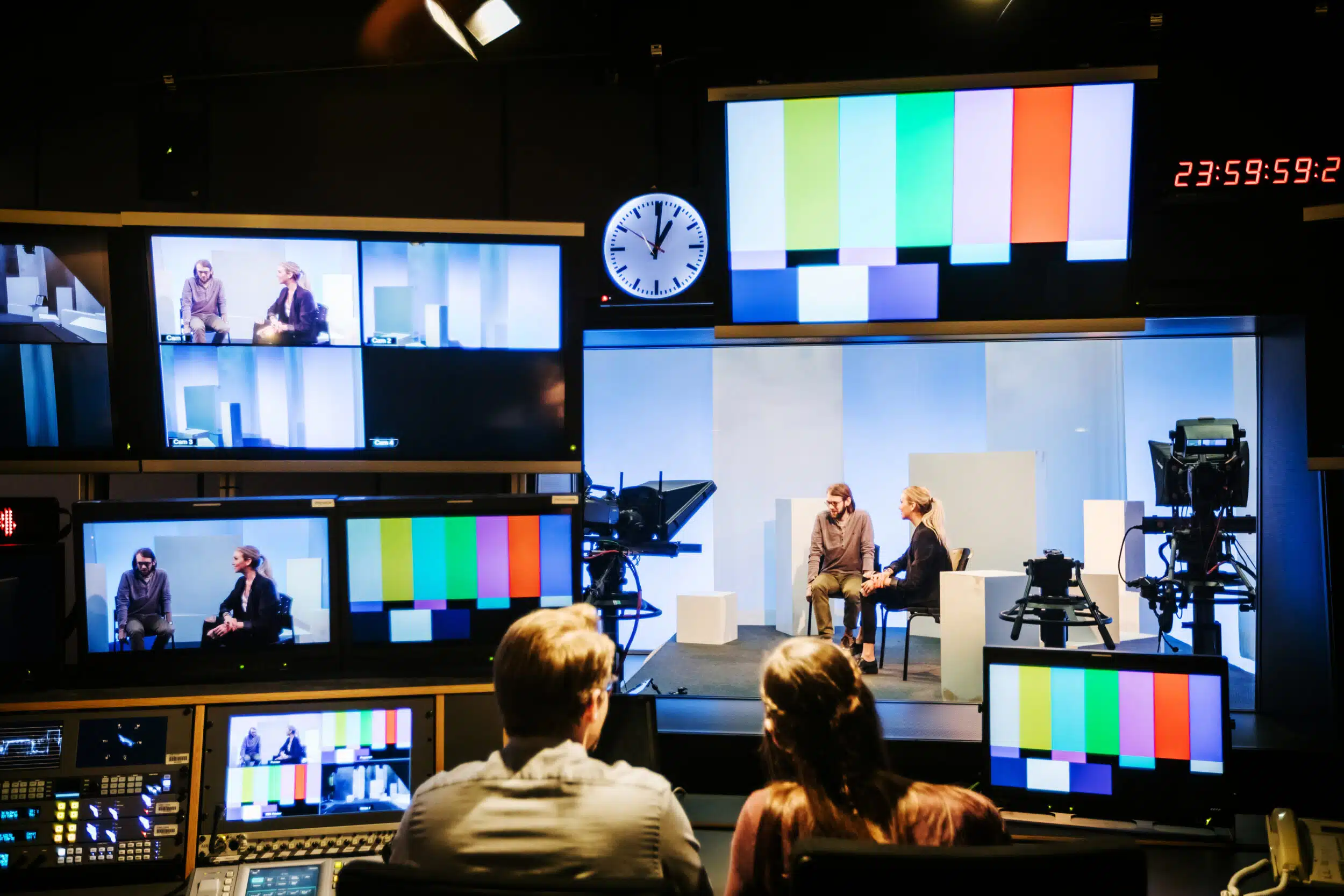
Uncover Your Path to Advanced Media Production and Distribution with Your Essential Guide to Signal Transport Technology in 2024 As the Media & Entertainment (M&E) industry stands …
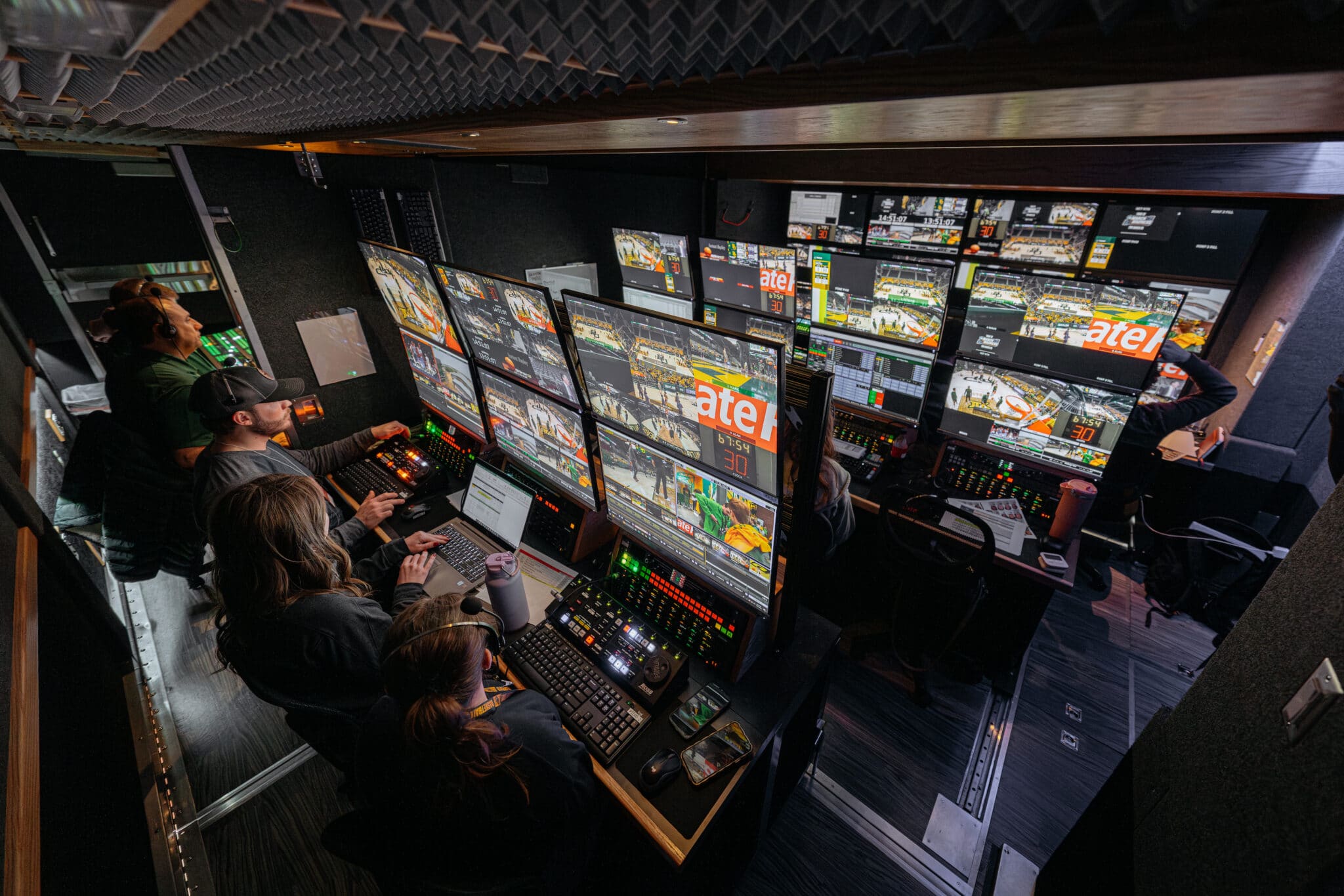
Live events like the FIFA World Cup captivate millions globally. But few stop to think about the technology that makes it possible. Outside broadcasting (OB) is the …
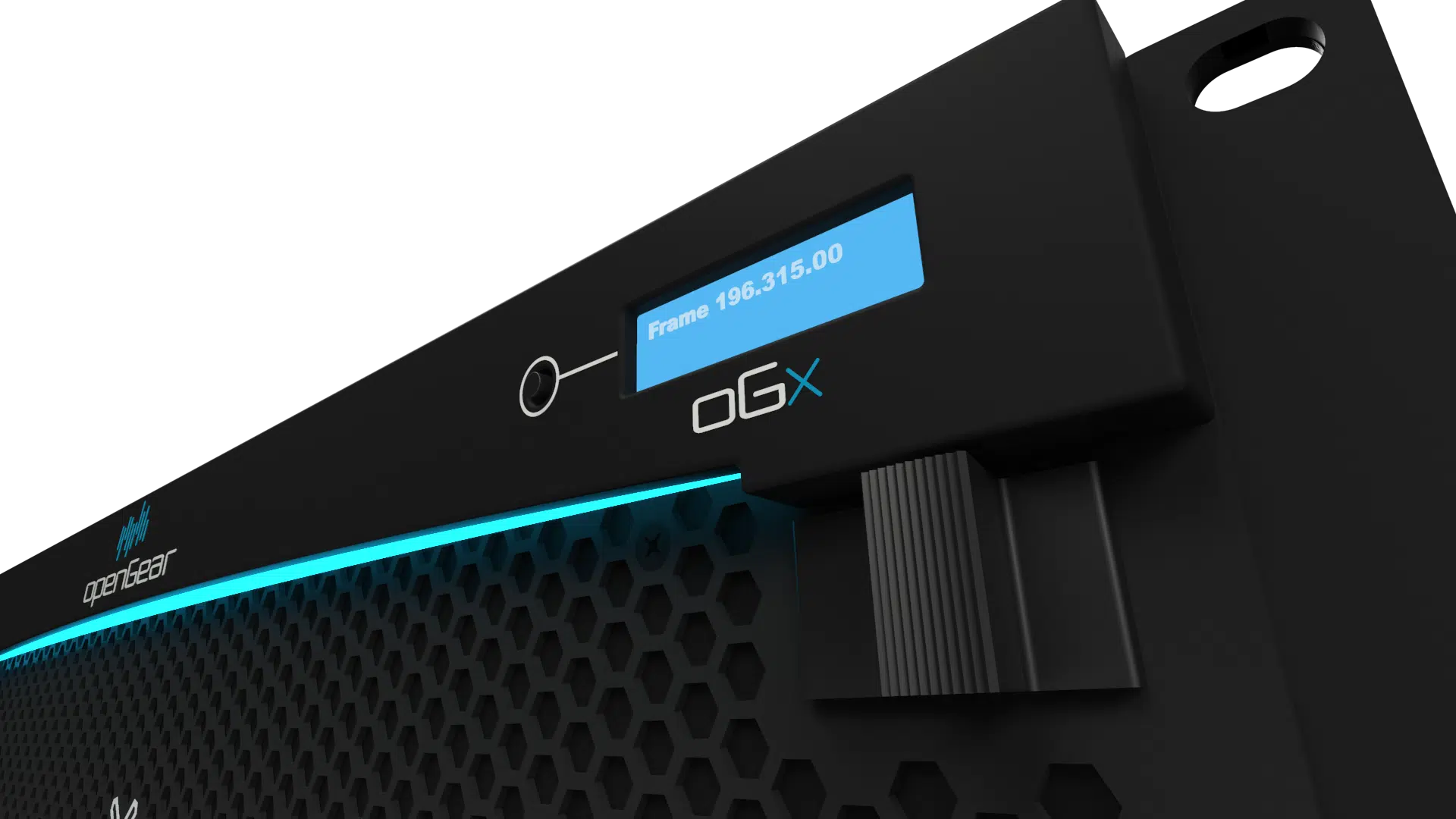
Imagine if roads did not connect. Every time you got off the highway or made a right turn, you’d have to stop and adjust your car for …
We’ll put you in touch with a member of our team to discuss your specific needs.